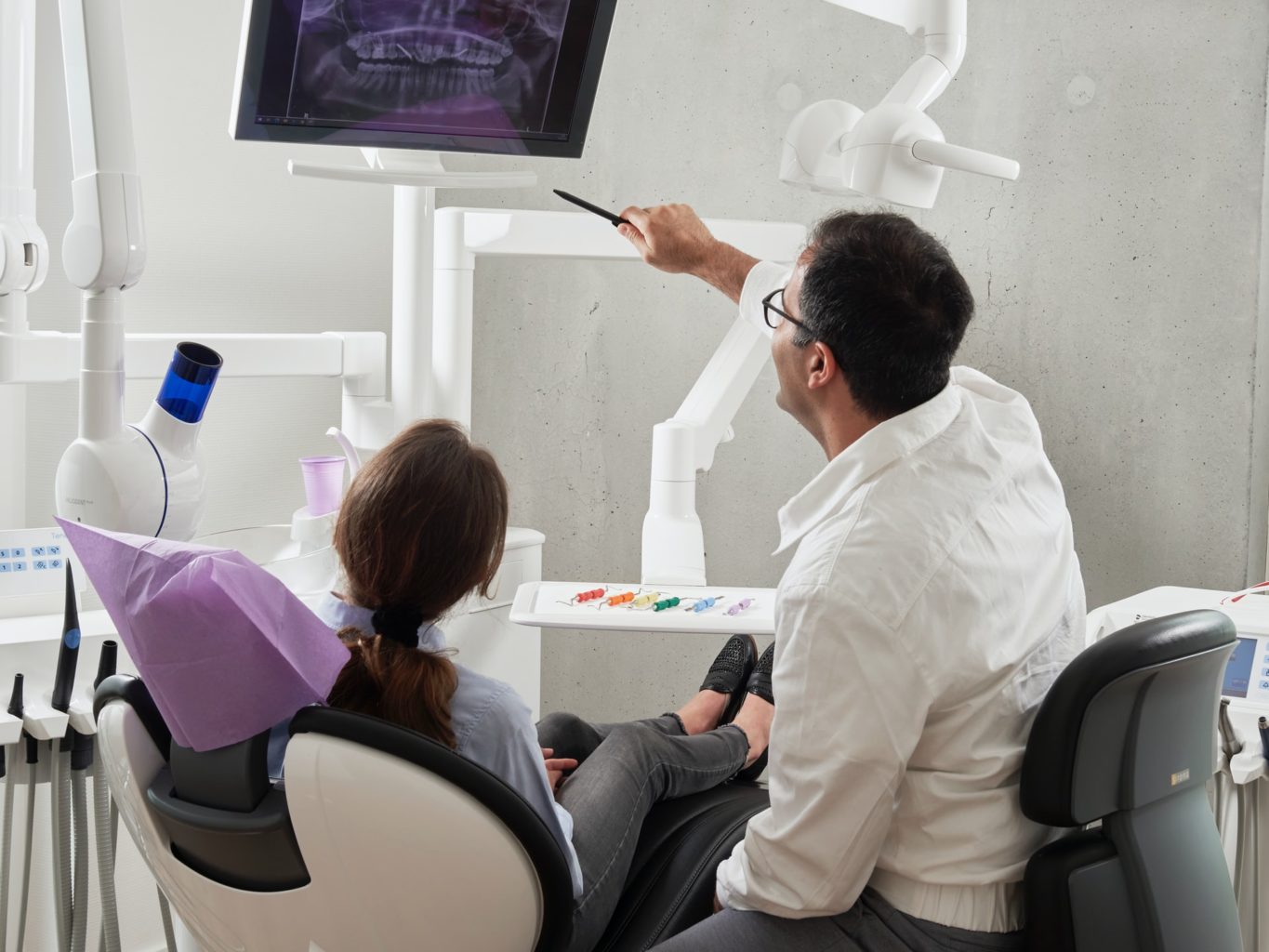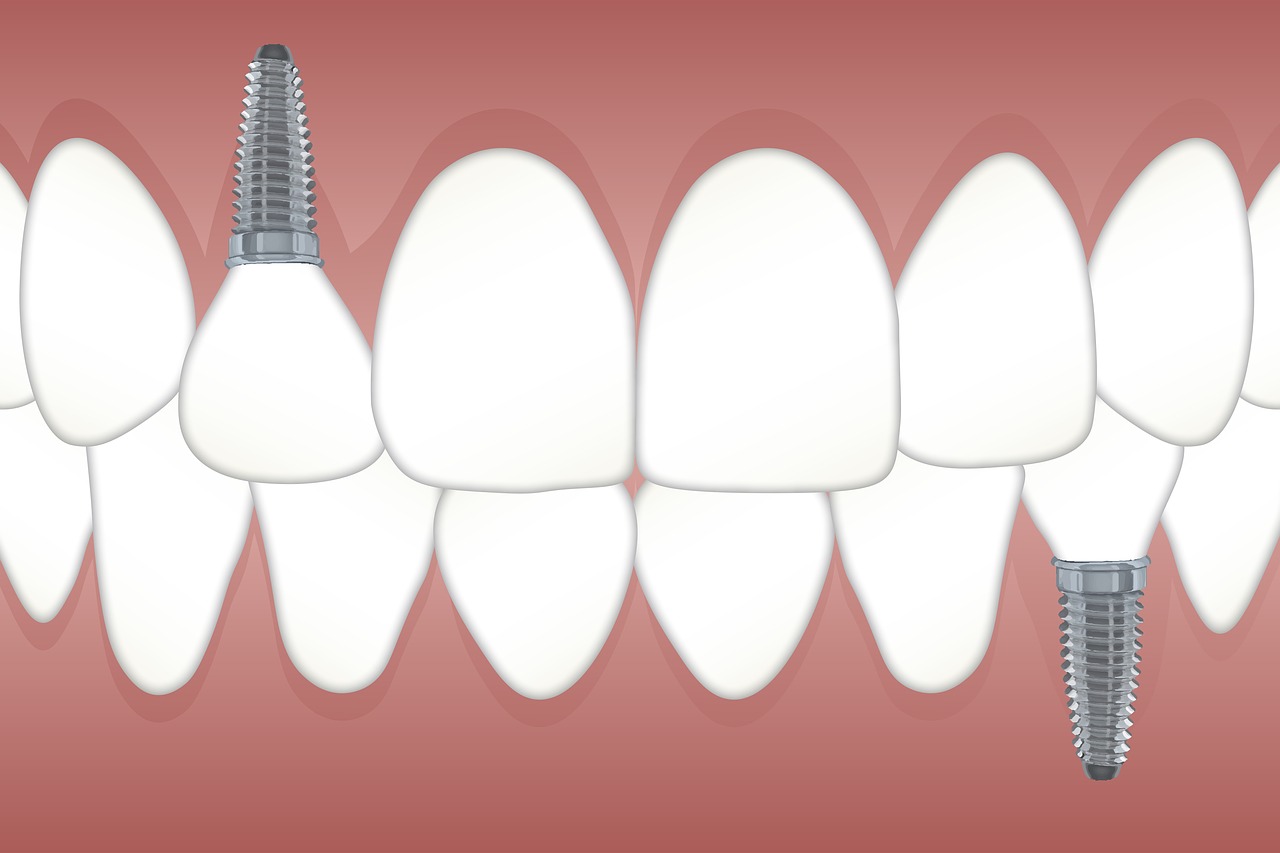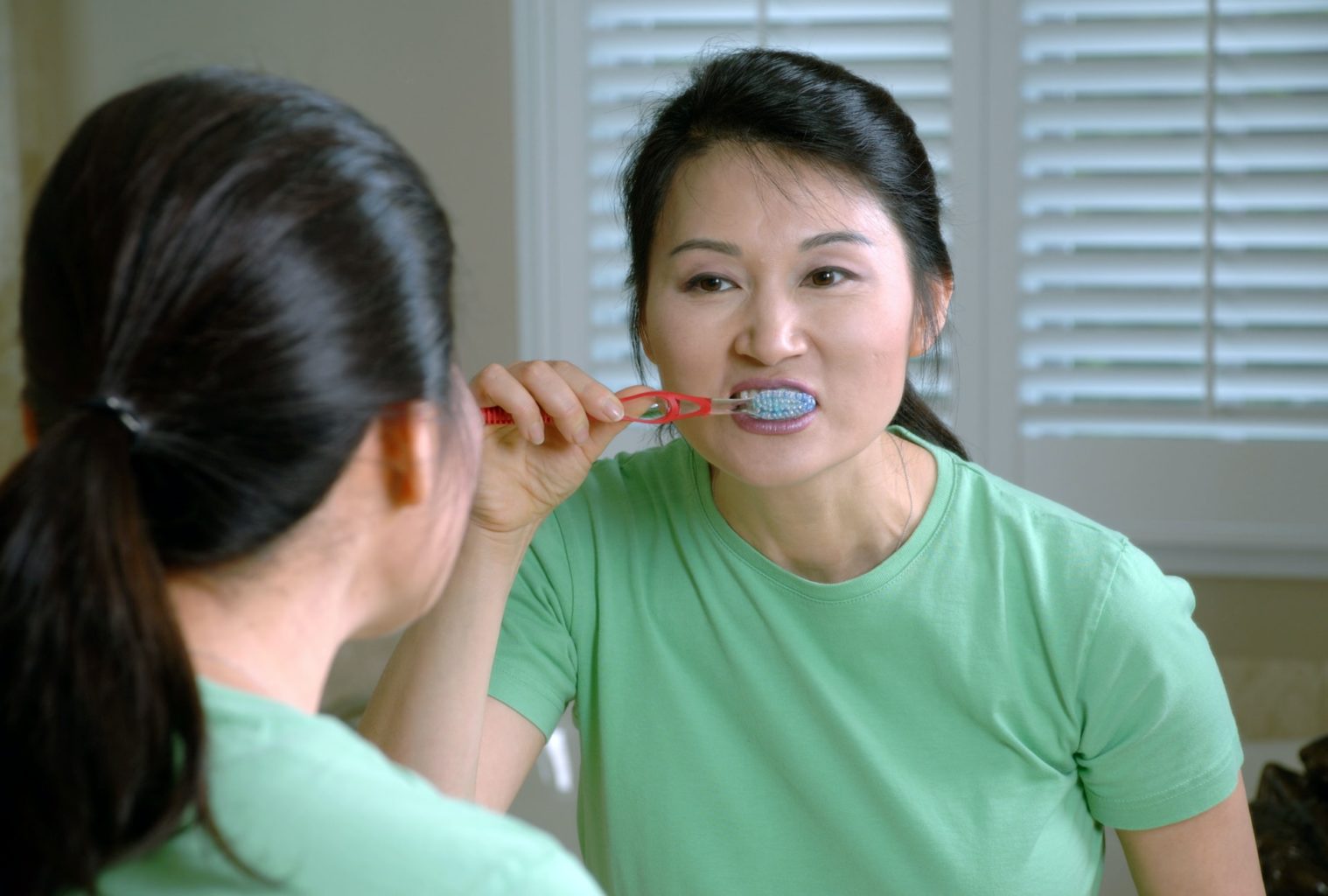Is dental insurance worth it? More often than not, it honestly isn’t. While dental insurance may assist you with a few things here and there, it usually does not cover all of the treatment you may actually need. Let’s dive right in and take a look at the truth about insurance coverage for dental procedures and other alternatives that may be more beneficial to you and your family.
The Honest Truth
This may sound crazy, but your dental insurance wants you to lose your teeth. You may have noticed that after having a necessary visit with a dental clinic, you’re left with a hefty balance to pay out of pocket. This isn’t by coincidence and it honestly does not have anything to do with the dentist you choose. You’re often left with a balance after visiting the dentist because the coverage with insurance simply is not extensive enough for your needs.

When it comes to dental insurance, many patients are often left making an unfair compromise. Insurance can be looked at as more of a discount plan, not actual insurance. You’ll have a co-pay until you max out your dental benefits and then eventually, you won’t have coverage at all.
Dental insurance really hasn’t changed since the 80s. While medical insurance has maximums for out-of-pocket payments, the amount of out-of-pocket payments for dental can range from $1-$2000. If you’ve had dental work done before, especially emergency dental work, you can testify that this kind of coverage really doesn’t get you far.
Insurance often downgrades the needs of your oral health. Often only covering silver fillings or metal crowns which are not typically used anymore and having you pay the difference. At Definitive Dental, we know how frustrating all of this can be.

Teeth are often referred to as luxury bones and that’s simply not true. Your teeth and oral health are important to your overall health, happiness, and comfort. There’s no need to suffer or go without the treatment you need because of the lack of affordability and restrictive dental insurance. When it comes to dental emergencies and maintenance, having treatment on time makes all the difference.
A Better Alternative
At Definitive Dental, we offer an affordable alternative to dental insurance that will actually give you the coverage you need. Our in-house dental membership plan is available to both children and adults. We want our patients to have happy and healthy smiles, which means, our patients need accessibility to regular cleanings and emergency procedures when necessary. Dental emergencies will never become cheaper or less painful, unfortunately, they will always become worse.
Our in-house dental membership plan can be used in place of dental insurance, or alongside it if you choose. For only $348 a year or $29 a month ($25 a month for children), you’ll get;
- Two cleanings per year
- X-Rays and exams
- An extra exam for emergencies
- 15% off all dental work
For patients that require four cleanings a year, the total cost is $45 a month. And best of all, there is no maximum benefit. You can receive the dental treatment you need without worrying about restrictive dental insurance and hefty out-of-pocket balances.
We created our affordable and effective in-house dental membership plan because we are passionate about what we do. As seasoned experts in the industry, we deeply understand how important it is for dental maintenance and emergency procedures to be completed in a timely manner. From our dentists to our team members, we all have one goal, maintaining and restoring the oral health of our patients.
Conclusion
Teeth are not luxury bones, they are necessary bones. Healthy teeth help us to properly chew and digest delicious foods, speak clearly, and they also give our face shape. No matter how your dental insurance makes it out to be, there’s nothing luxury or optional about that, it’s essential. Regular brushing, flossing, and dental visits will help you to maintain good oral health and deal with any uprising issues, as quickly as possible. Having healthy teeth can prevent issues like:
- Tooth decay and loss
- Bad breath
- Gum disease and bone loss
- Strokes
- Higher chance of oral cancer
- Worsening of diabetes
- Heart and respiratory disease
- Low self-esteem and shattered confidence
How can poor oral health lead to the above issues? The digestive process begins at our mouth. With healthy and strong teeth, the system works well and can perform its intended function. If your teeth are in poor health, it affects more than just your smile, it affects their optimum functionality. Give us a call today to book a visit and learn more about our in-house dental membership plan.



































